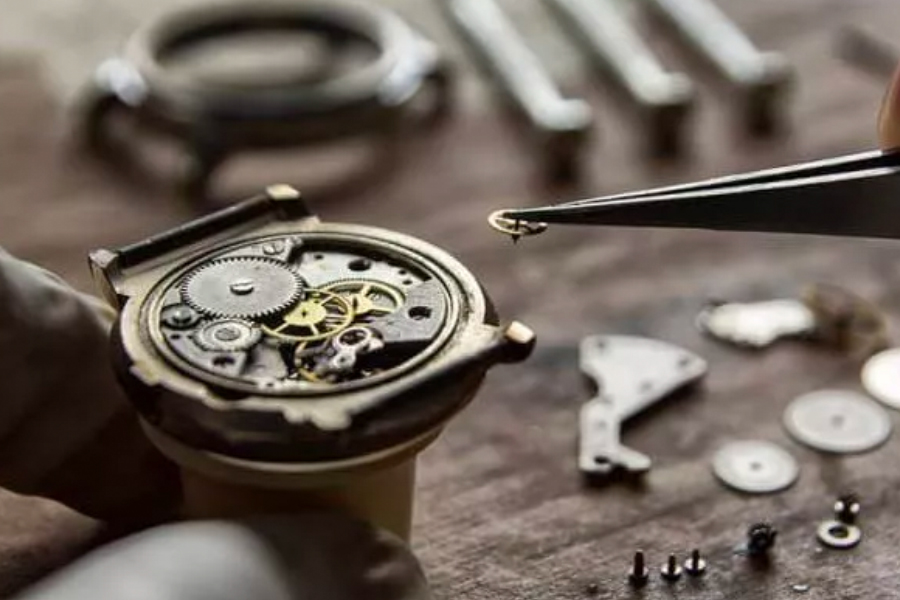In the realm of timekeeping, there is a sophisticated mechanism that frequently goes unseen, despite the fact that it is critical to the operation of a wristwatch. The watch crown is a modest but important component that reflects the essence of human interaction with watches. In an age of digital screens and touch controls, the watch crown is a tribute to our yearning for tactile interactions and the ongoing bond between people and mechanical workmanship.
The Watch Crown’s Importance:
The watch crown, which is normally located on the side of a watch case, has several functions. Its primary function is to set the time, date, and other complexities.
The wearer may precisely adjust these characteristics and synchronise their watch with a simple twist or pull. However, the watch crown is more than simply a utilitarian instrument; it represents the close bond that humans have with their watches.
A Physical Relationship:
The watch crown, unlike current touchscreens or buttons, encourages a tactile experience. Its existence enables us to physically interact with our timepieces, offering a sense of connection that goes beyond basic function. Winding a mechanical watch or changing its different functions through the crown forges a special relationship between the user and the timepiece, evoking a bygone period when workmanship and human touch were treasured above all else.
A Craftsmanship Reflection:
The watch crown is more than simply a component; it exemplifies the craftsmanship and rigorous attention to detail that goes into making a beautiful timepiece. Crowns are meticulously designed and manufactured by craftsmen to ensure they blend in with the looks of the watch while being functional. Each crown symbolises the character of the watch it adorns, whether it’s a traditional onion-shaped crown or a sleek, futuristic variation.
In an age dominated by digital technologies, the watch crown serves as a link between the past and the present. While technology has transformed timekeeping, many watch aficionados still value the mechanical elegance and history embodied in a manually controlled crown. The watch is ideal for individuals looking for a concrete connection to the art of watchmaking.
The watch crown may appear to be a little feature in the huge world of horology, yet its significance is profound. It symbolises our intrinsic yearning for tactile encounters as well as the enduring bond between humans and their watches. In this day of digital screens and touch controls, the watch crown serves as a physical reminder of the workmanship, tradition, and timeless elegance that continue to capture our hearts and wrists. Let us treasure the watch crown and honour the profound relationship it signifies in our ever-changing relationship with time.





